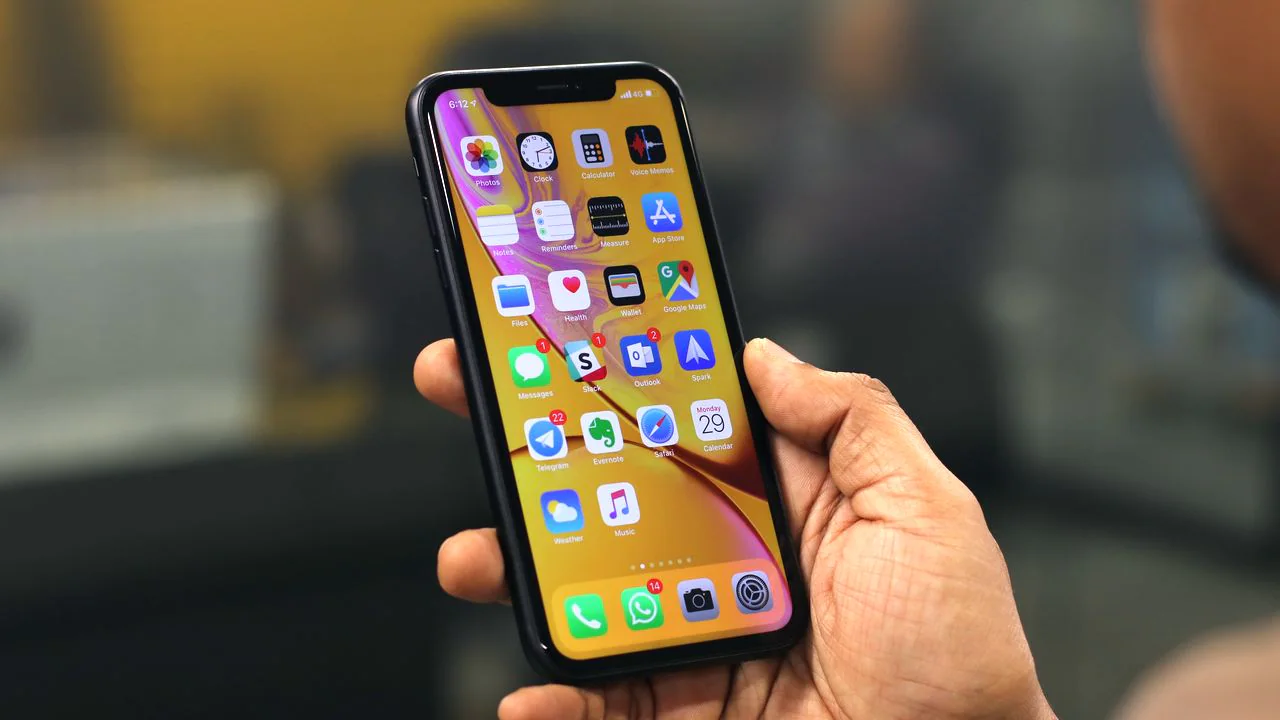Introduction:
In the dynamic landscape of mobile app development, Android developers in the UAE are constantly seeking ways to enhance user experiences and facilitate seamless transactions. One crucial aspect of achieving this goal is the integration of local payment gateways. As the UAE witnesses a surge in mobile app usage, catering to the preferences of the tech-savvy population becomes paramount. In this comprehensive guide, we will delve into the intricacies of integrating local payment gateways, providing Android app developers with valuable insights to optimize transaction processes for their users in the UAE.
Understanding the UAE Payment Ecosystem:
Before embarking on the integration journey, it is imperative to comprehend the unique characteristics of the UAE payment ecosystem. The country boasts a diverse mix of international and local payment gateways. While global giants like PayPal and Stripe are prevalent, local players such as Network International, PayTabs, and Telr hold significant sway. The preference for local gateways often stems from factors like familiarity, trust, and compliance with local regulations.
Choosing the Right Local Payment Gateway:
Android app developers must carefully evaluate and choose the most suitable local payment gateway for their applications. Considerations should include transaction fees, user experience, security protocols, and compatibility with the app’s nature. Additionally, the chosen gateway should support popular payment methods in the UAE, such as credit cards, debit cards, digital wallets, and other region-specific options.
Seamless Integration with Android Apps:
Once the optimal local payment gateway is selected, the integration process must be approached with precision. Android developers can leverage software development kits (SDKs) provided by the payment gateway providers to streamline the integration. These SDKs often include comprehensive documentation and code samples, facilitating a smooth integration process.
Ensuring Security and Compliance:
Security is a paramount concern in online transactions, and developers must prioritize the implementation of robust security measures. Local payment gateways often adhere to stringent security standards, but it is the responsibility of Android app developers to ensure that sensitive user data is handled securely. Encryption, secure socket layer (SSL) protocols, and compliance with Payment Card Industry Data Security Standard (PCI DSS) are essential aspects to consider.
User Experience Enhancement:
Integrating local payment gateways is not just about facilitating transactions; it is also about enhancing the overall user experience. Android app developers should focus on creating an intuitive and user-friendly payment interface. Providing users with a seamless checkout process, clear transaction details, and instant payment confirmations contributes to increased user satisfaction and trust.
Optimizing for Mobile Wallets:
In the UAE, mobile wallet usage is on the rise, with platforms like Apple Pay, Google Pay, and local options gaining popularity. Android developers should ensure that their applications are optimized for these mobile wallet integrations. This not only caters to the preferences of users who prefer digital wallets but also aligns with the global trend towards contactless and convenient payment methods.
Real-time Analytics for Informed Decision-Making:
To refine the payment experience further, Android app developers should leverage real-time analytics provided by the integrated payment gateways. Monitoring transaction success rates, identifying drop-off points in the payment process, and understanding user behavior can provide valuable insights for ongoing optimization efforts. Data-driven decision-making ensures that developers stay responsive to evolving user needs and preferences.
Testing and Quality Assurance:
Before deploying an Android app with integrated local payment gateways, thorough testing and quality assurance are indispensable. Simulate various user scenarios, test different payment methods, and conduct rigorous security checks to identify and rectify potential issues. A well-tested app not only ensures a smooth user experience but also safeguards against potential financial and reputational risks.
Staying Informed About Regulatory Changes:
The regulatory landscape surrounding payment gateways is subject to changes, and Android app developers must stay informed about any updates or modifications. Ensuring compliance with local regulations, especially in the financial technology sector, is crucial for avoiding legal complications and maintaining the integrity of the app.
Conclusion:
Integrating local payment gateways into Android apps for the UAE market is a strategic move for developers aiming to provide a frictionless and secure transaction experience. By understanding the unique aspects of the UAE payment ecosystem, choosing the right local gateway, prioritizing security, and optimizing for user experience, developers can position their apps for success in this dynamic and tech-savvy market. Continuous monitoring, testing, and staying abreast of regulatory changes will further solidify the app’s position in the competitive landscape, ensuring sustained user satisfaction and trust.

